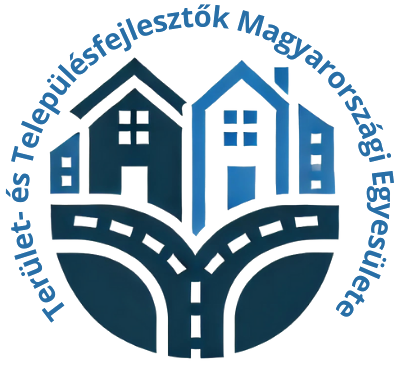Fortified Church of Cârța
On a small hill, on a rise of Madics Hill, stands the Fortified Church of Cârța (in Romanian, Cârța), dedicated to the Assumption of the Virgin Mary. The Gothic church, built in the 14th–15th centuries, is surrounded by 8–10 metre high stone walls and bastions, which served as protection against Turkish and Tatar attacks. The church symbolises the shared strength and faith of the four surrounding villages – it was a joint creation of the residents of Cârța, Jenőfalva, Dánfalva, and Madaras. The gate tower and the four-storey bell tower were built in the 15th–16th centuries and later heightened. The church interior was later remodelled in Baroque style, but the Gothic sanctuary has been preserved.
- Parking available
More information
Architecture and Artistic Value
The church space consists of two parts: an east-facing nave and a smaller dodecagonal sanctuary, with a northern sacristy and a southern portico attached. The ribbed vaulting of the sanctuary remained recognisable even after Baroque alterations. The windows and triumphal arch were replaced with 18th-century semicircular forms, but the vaulting structure partly retains its medieval character.
Within the church walls lies a unique “fighting corridor”: a wooden-panelled parapet walk running along the inner side of the defensive walls – one of the most complete and well-preserved structures of its kind in Székely Land.
Fortifications and Defence
The walls surrounding the church are reinforced with half-brick loopholes, internal parapet walks, and corner bastions. Around the 16th century, a second line of defence was created, which, along with a deep ditch and additional wall on the hillside, provided an escape route for the settlement. This defensive system allowed the population to remain safe not only within the church grounds but also in the surrounding fortress area during invasions.
Community and Identity
For centuries, Cârța was the Catholic centre of Upper Csík. The church served not only as a place of worship but also as a community hub for the parish – many traditions still thrive here, religious events are held, and the church's history is carried forward by a living community. The collaboration of locals in the restoration and maintenance of the church demonstrates that the building is not just a monument but a vibrant, functional space.
The hike to the church preserves an authentic view and natural surroundings. The immediate environment of the church exudes tranquillity – only the defensive walls, carved window frames, and the cliff-top walls adorning the church entrance evoke the medieval experience. Visitors are expected to respect the silence and the environment: cars can only reach the village, and the path to the church is a short walk, combining nature exploration with heritage preservation.
Why Visit?-
Because it is one of the region's most outstanding and well-preserved fortified churches, representing the medieval architectural traditions of Székely Land.
-
Because the church walls carry a living story: shaped by faith, community, and the unity of the locals.
-
Because it is accessible via a nature-friendly hike, combining a tourist experience with a quiet reflection on the past.
Target group
-
Class trips
-
Families with younger children
-
Families with older children
-
Multigenerational programs
-
Friends
-
Seniors
-
Couples
Other services
Sights, programs
Parking information
- Free outdoor parking available



